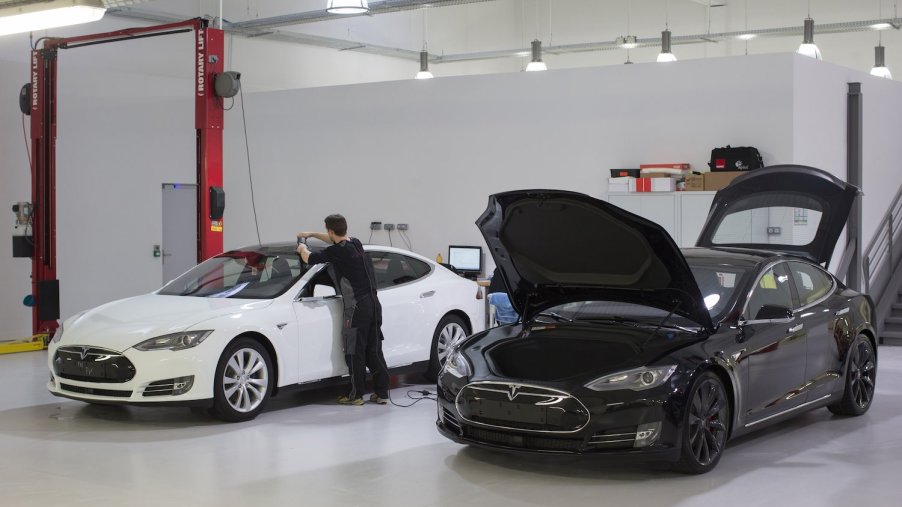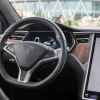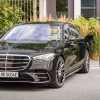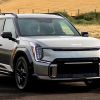
Tesla Models S Just Won a Recent EV Road Trip Test for a Simple Reason
Range anxiety is a real fear for many EV owners. This has spurred a lot of studies to determine which EVs are the best for long-range driving, and there really isn’t that much competition. The Tesla Model S frequently takes first place, but how long will this remain true?
The Tesla Model S took the crown
AutoEvolution decided to take a little road trip to see which EV is the king of them all. Rather than going to automakers and requesting a new model which is prepped for the journey ahead of time, the review site went with models that have around 12,500 miles on the meter.
AutoEvolution chose to take a Porsche Taycan RWD, a Lucid Air Grand Touring, and a Tesla Model S from Windsor, Colorado to Las Vegas, Nevada. This is a journey of approximately 802 miles or 11.5 hours.
On paper, the Lucid Air Grand Touring should have been the winner. It has a range of 516 miles. In comparison, the Model S Plaid gets 348 miles, and the Taycan RWD gets a mere 225 miles. Things are rarely this clear-cut in the auto world, however, so you have to remember that these are just estimates and can vary due to weather, battery degradation, and more.
AutoEvolution had a difficult time finding charging stations because even though there were enough on paper, they had to avoid the Electrify America stalls (the SK Signet-made ones) because they don’t handle 800V vehicles that well.
The Tesla Model S Plaid made it back first, with the Lucid Air trailing behind it by 30 minutes. The Porsche Taycan got stuck in traffic. Because of this, it was one hour and ten minutes behind its competitors.
Is the Tesla Model S Plaid truly the best?
While there’s no doubt that the Tesla Model S was superior to the competition, it had one major advantage going for it, and that’s Tesla’s vast charging network. Whether you love or hate Tesla, there is no doubt that the American EV company has gone above and beyond to develop the best charging network in the nation.
Because of this, charging up the Model S was a breeze. In contrast, the Porsche Taycan and Lucid Air Grand Touring didn’t have a chance. The Porsche Taycan had to stop at Electrify America’s ABB-made stalls, which aren’t as numerous as Tesla charging stations. Things were further hampered because, at one stop, two out of four charging stations weren’t functioning properly.
The race is going to get tighter
How will automakers go about addressing these charging issues? They’re going to have to invest more money into reliable charging stations that are faster. There’s simply no other option if they want to sell all the EVs they plan on churning out in the next 10 to 15 years.
There are a lot of problems that must be ironed out first. They need to figure out why some vehicles are having issues charging at specific stations and correct this. It would also be a good idea to join forces with other automakers so that you can go to any charging station you want instead of having to hunt a specific type. It’s worked for gas stations, after all. There are many brands out there, but you can fill up at any station you wish with a gasoline-powered vehicle.
Ford may have the right idea by teaming up with Tesla. Rather than fighting against the EV automaker, Ford has reached an agreement that will allow its EVs to charge at Tesla charging stations with the use of an adaptor, software integration, and activation/payment via the FordPass or Ford Intelligence App.
Once more automakers begin to up their charging network game, then we’ll begin to have a more accurate idea of which vehicle is the best EV for long-range travel. Until then, Tesla has the market on those vehicles cornered.


